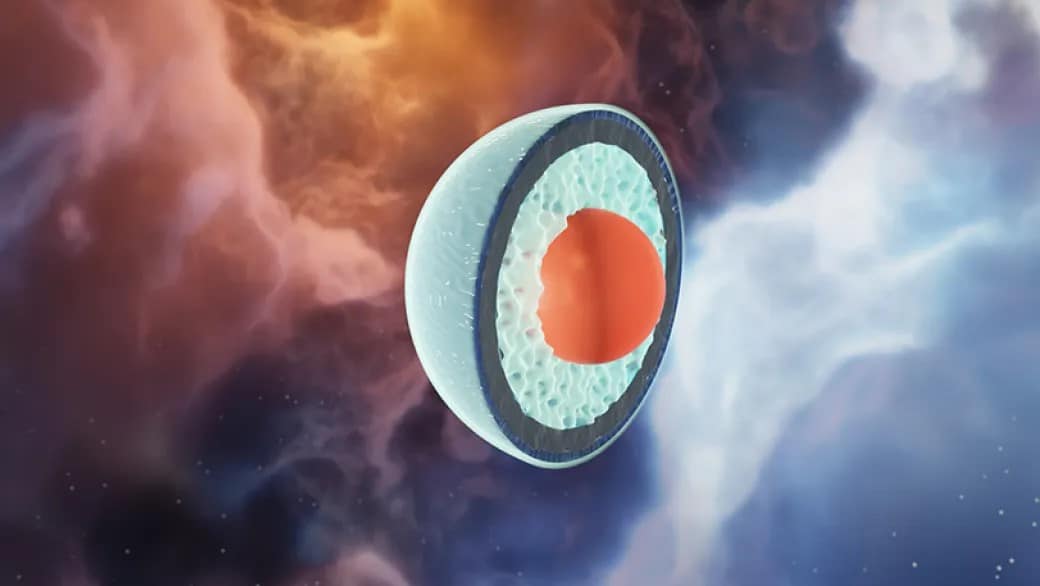Black holes, celestial objects known for their gluttony, usually eat stars unlucky enough to stray too close to them in one big gulp, annihilating them with their enormous gravitational pull. But some, it turns out, tend to snack rather than gorge.
Researchers said they have observed a supermassive black hole at the center of a relatively nearby galaxy as it takes bites out of a star similar in size and composition to our sun, consuming material equal to about three times Earth‘s mass each time the star makes a close pass on its elongated oval-shaped obit.
Black holes are extraordinarily dense objects with gravity so strong that not even light can escape.
The star is located about 520 million light years from our solar system. A light year is the distance light travels in a year, 5.9 trillion miles (9.5 trillion km). It was observed being plundered by a supermassive black hole at the heart of a spiral-shaped galaxy.
As such black holes go, this one is relatively small, estimated to have a mass a few hundred thousand times larger than the sun. The supermassive black hole at the center of our galaxy, called Sagittarius A*, possesses about 4 million times the mass of our sun. Some other galaxies harbor supermassive black holes hundreds of millions times the mass of the sun.
Most galaxies have such black holes at their center, and the environment around them can be among the most violent places in the universe.
Most of the data used by the scientists in the new study came from NASA‘s orbiting Neil Gehrels Swift Observatory.
The star was observed orbiting the black hole every 20 to 30 days. At one end of its orbit, it ventures near enough to the black hole to have some material from its stellar atmosphere sucked away, or accreted, each time it passes — but not so close as to have the whole star shredded. Such an event is called a “repeating partial tidal disruption.”
The stellar material that falls into the black hole heats up to around 3.6 million degrees Fahrenheit (2 million degrees Celsius), unleashing an immense amount of X-rays. Those were detected by the space observatory.
“What’s most likely to happen is the star’s orbit will gradually decay and it will get closer and closer to the supermassive black hole until it gets close enough to be completely disrupted,” said astrophysicist Rob Eyles-Ferris of the University of Leicester in England, one of the authors of the study published this week in the journal Nature Astronomy.
“That process is likely to take years at least — more likely decades or centuries,” Eyles-Ferris added.
This marked the first time that scientists had observed a sun-like star being repeatedly snacked upon by a supermassive black hole.
“There are lots of unanswered questions about tidal disruption events and exactly how the orbit of the star affects them,” Eyles-Ferris said. “It’s a very fast-moving field at the moment. This one has shown us that new discoveries could come at any time.”
© Thomson Reuters 2023





